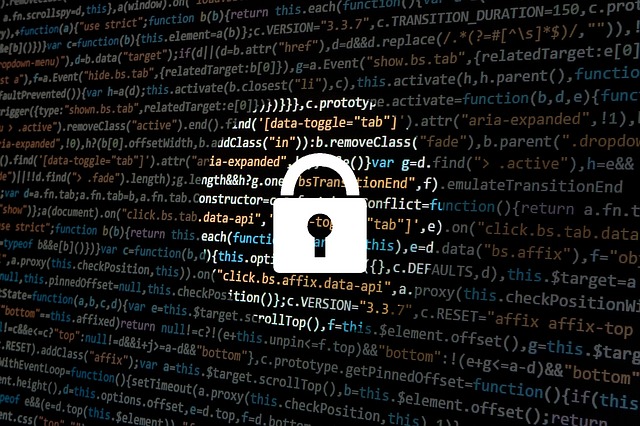Four Cyber Protection Conditions Establish Protection Priority Focus
July 07, 2022 • César Daniel Barreto

Organizations use four cyber protection conditions to establish a protection priority focus. The first condition is compliance, which focuses on ensuring an organization meets all regulatory requirements. The second condition, known as the business-continuity condition, focuses on providing critical business functions that can continue during a cyberattack. The third condition, known as the impact condition, focuses on minimizing the damage caused by a cyberattack. And finally, the fourth condition—known as the risk-mitigation condition—focuses on reducing an organization’s overall risk exposure. This blog post will discuss each of these conditions in more detail.
Compliance Condition
The compliance condition hones in on meeting regulatory requirements. Organizations in heavily regulated industries—such as healthcare and finance—must adhere to various regulations, including the Health Insurance Portability and Accountability Act (HIPAA) and the Gramm-Leach-Bliley Act (GLBA). These regulations dictate specific requirements for organizations to protect sensitive data. Failing to comply with these regulations can result in heavy fines; thus, compliance is often a top priority for these organizations.
Business-Continuity Condition
The business-continuity condition zeros in on ensuring critical business functions can continue during a cyberattack. This includes maintaining communication systems, keeping financial records safe, and possessing a data restoration plan.
Not establishing this priority can ultimately impact the bottom line because if a company fails to maintain communication systems or ensure the safety of financial records during an attack, it risks losing customer trust and confidence.
Impact Condition
The impact condition focuses on minimizing the damage caused by a cyberattack. This includes identifying and patching vulnerabilities, training employees on cybersecurity best practices, and maintaining a plan to contain any potential attacks.
Similar to the business-continuity condition, a failure to establish this priority can result in lost profits because the lack of a plan to minimize damage caused by an attack risks losing customer trust and confidence.
Risk-Mitigation Condition
The risk-mitigation condition focuses on reducing an organization’s overall risk exposure. This includes implementing security controls, conducting risk assessments, and investing in insurance.
Once again, if a company lacks a plan to reduce its overall risk exposure, it risks losing customer trust and confidence and facing associated hits to its bottom line.
How to Establish a Protection Priority Focus
Organizations can establish a protection priority focus by employing one or more of these four cyber protection conditions. The best way to determine which condition is most important for your organization is to consult a cybersecurity expert. He or she can successfully assess your specific needs and thus help you forge a plan to meet your unique requirements accordingly. Concerning cyber protection, there is no “one-size-fits-all” solution. Every organization has different needs and priorities.
Ultimately, all four conditions are essential for organizations to establish a priority focus on protection. By complying with regulations, maintaining critical business functions during an attack, minimizing damage caused by attacks, and reducing overall risk exposure, organizations can help defend against myriad threats and protect their bottom line accordingly.

César Daniel Barreto
César Daniel Barreto is an esteemed cybersecurity writer and expert, known for his in-depth knowledge and ability to simplify complex cyber security topics. With extensive experience in network security and data protection, he regularly contributes insightful articles and analysis on the latest cybersecurity trends, educating both professionals and the public.